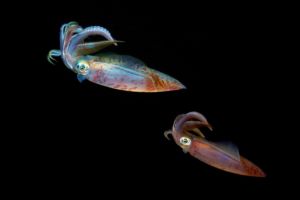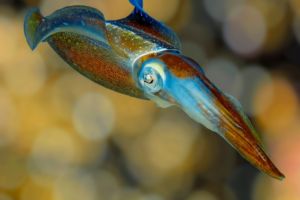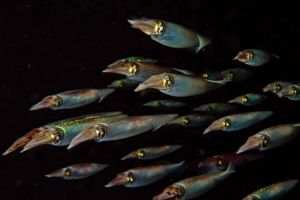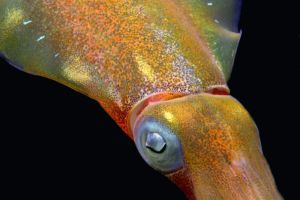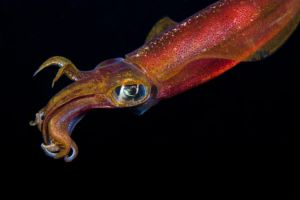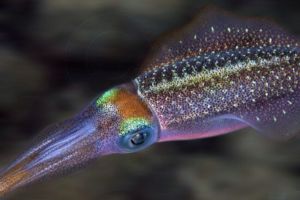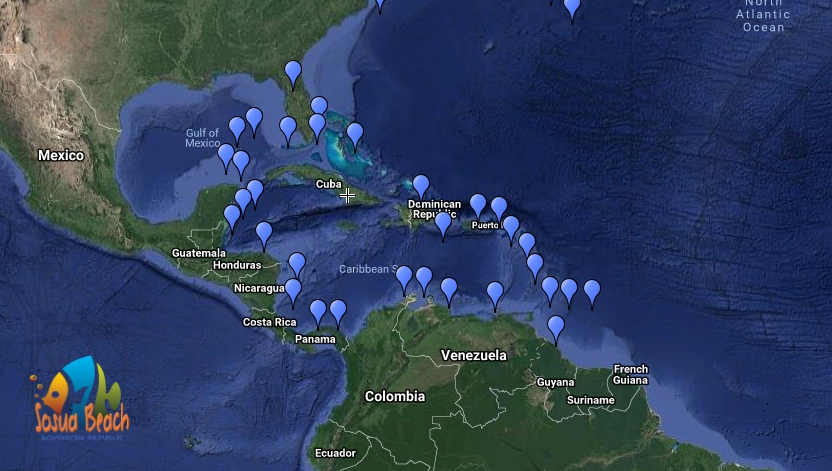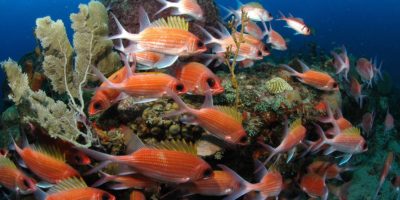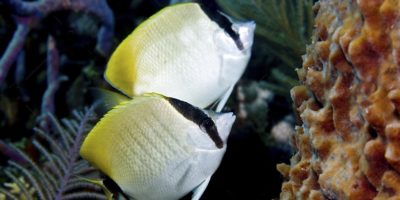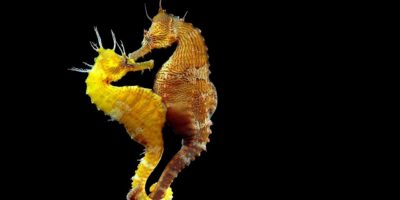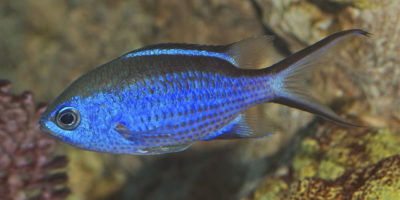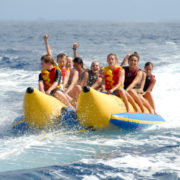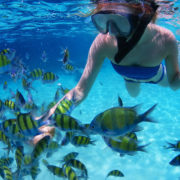Sepioteuthis sepioidea, or commonly known as Caribbean reef squid, are small torpedo-shaped squid with undulating fins that extend on both sides of their body. They are mostly seen underwater, though six reported species are known to be able to shoot out of the water for about 6 feet and fly up to 33 ft before reentering.
Photo Gallery
Squid are mollusks, closely related to cuttlefish and octopuses. Their streamlined bodies allow them to also move using jet propulsion by shooting water from their pallial cavity ( an area inside their mantle ) through their funnel to move rapidly through the water. This squid can be seen in many of Sosua beach diving centers underwater photos.
Range and Habitat
The Caribbean reef squid can be found throughout the Caribbean sea, also off the Florida coast. They swim in schools of 4-30 and stay closer to the shore on very shallow (0.2-1 meters waters ) when they are hatchlings, always under vegetation and below the surface to avoid bird predators. Adults are found in depths of up to 150 meters near corals, and 1.5-8 meters when mating.
Feeding
This squid eats about 30-60% of its body weight daily. It consumes small fish, mollusks, and crustaceans. Prey is caught using the club-like endings of its tentacles, which are then pulled to the mouth by the shorter arms. Its strong beak cuts the prey into parts, so the raspy tongue can process the food.
Communication
It is interesting to note that Caribbean reef squid is known to communicate using a variety of color, shape, and texture changes. Its chromatophores ( pigment containing, light reflecting cells ) allows them to do so, and also work towards their favor when needing to camouflage or appear larger in the face of a threat.
On Video
Reproduction
The Caribbean squid dies after reproduction, so it is a Semelparous species. Females lie their eggs and then die immediately. The males can fertilize as many females in a short period of time before they die. There is a competition between males, then the largest one will approach the female and gently stroke her with his tentacles.
She will flash a distinctive pattern in alarm, so he will calm her down by blowing water at her and jetting gently away. Once ready, the male will attach a sticky packet of sperm to the female`s body. The female then places the packet in her seminal receptacle, find a place to lay the eggs in small clusters, and dies.
Sources:
- Marinebio – Sepiotheuthis Sepioidea
- Allatsea – Caribbean Squid Facts
- Wikipedia – Caribbean Reef Squid


